Medical training technology company CAE Healthcare has given birth to the latest example of how augmented reality can help to build practical operating room skills for doctors and nurses. The company's newest product is called LucinaAR, which harnesses the power of the Microsoft HoloLens.
CAE's Lucina physiological simulator system consists of life-sized models, or manikins, of a mother and fetus, with movable joints and expanding uterus. With the new LucinaAR app, students can now view various stages of pregnancy projected onto the mother manikin through the HoloLens.
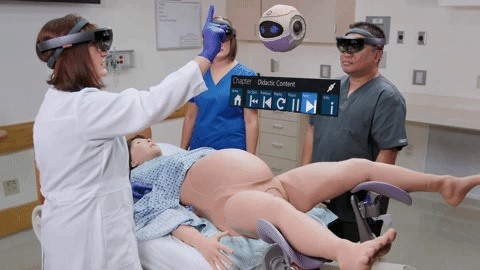
For additional interactivity, students can use the HoloLens to elevate the 3D models above the physical model and walk around it. While it's designed to work with the physical simulator, LucinaAR also allows students to practice with just the HoloLens.
"The students nowadays, they come to the classroom with different expectations," said Dr. Robert Amyot, president of CAE Healthcare, in a video demonstrating the software. "They're expecting an interactive environment, something that's engaging."
- Don't Miss: This HoloLens App Hopes to Offer Paramedics an Augmented Reality Assist During Emergencies
In its current version, LucinaAR gives students a visual simulation of birth in a shoulder dystocia scenario, an uncommon pregnancy that presents a higher level of difficulty for delivery. With the HoloLens and the manikins, students can practice techniques for completing the process and view what's happening to the patient internally. CAE is also planning to expand the options on the LucinaAR app to include normal delivery and other emergency scenarios.

Augmented reality is quickly becoming a favorite within the healthcare industry for medical training, with the Microsoft HoloLens increasingly being the go-to device. Part of the reason for its popularity is the fact that the technology gives medical professionals real-time, three-dimensional views of the anatomy in ways that help them to better understand exactly what's happening in the context of a real patient as opposed to two-dimensional diagrams or mere training videos.
"This is the future of healthcare education," said Amyot. "Really, beyond the [spectacular] experience, there's an educational purpose that we're fulfilling that no other means or media has fulfilled up to now."
Just updated your iPhone? You'll find new emoji, enhanced security, podcast transcripts, Apple Cash virtual numbers, and other useful features. There are even new additions hidden within Safari. Find out what's new and changed on your iPhone with the iOS 17.4 update.
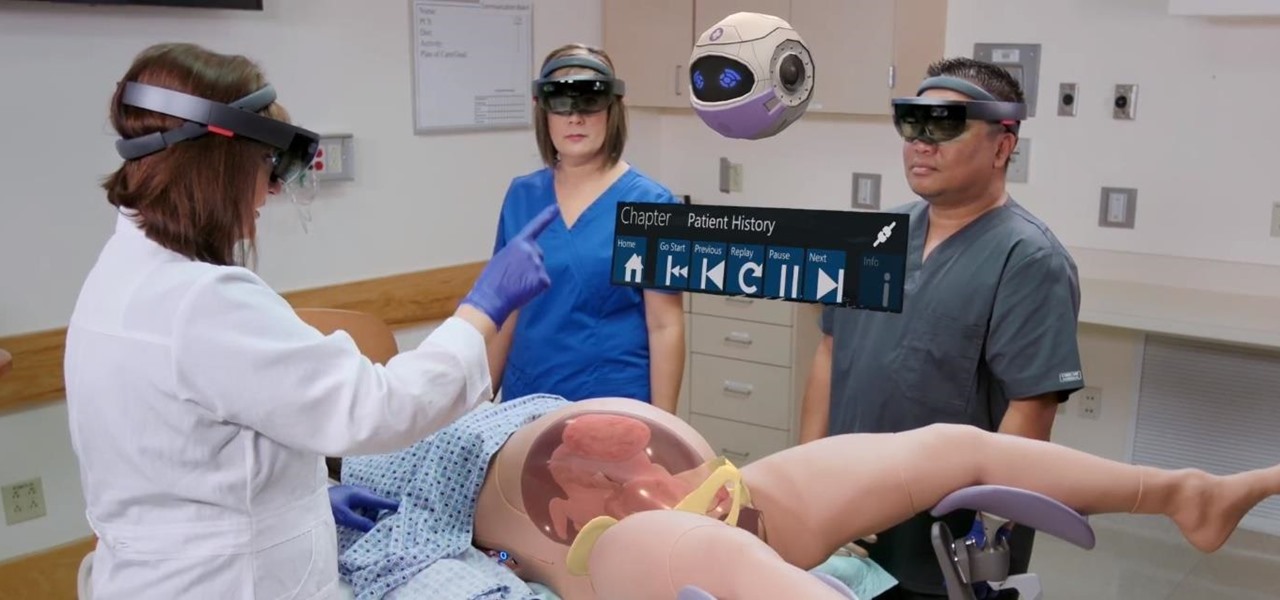









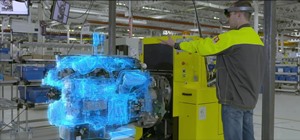


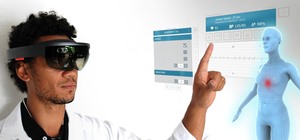

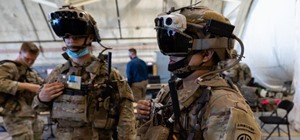
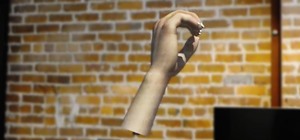

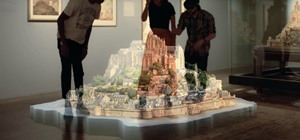

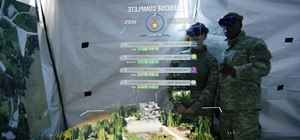

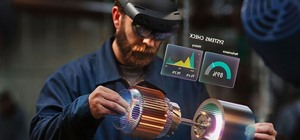
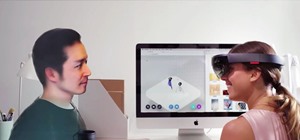
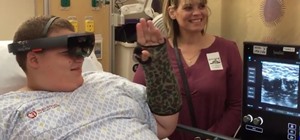
Be the First to Comment
Share Your Thoughts